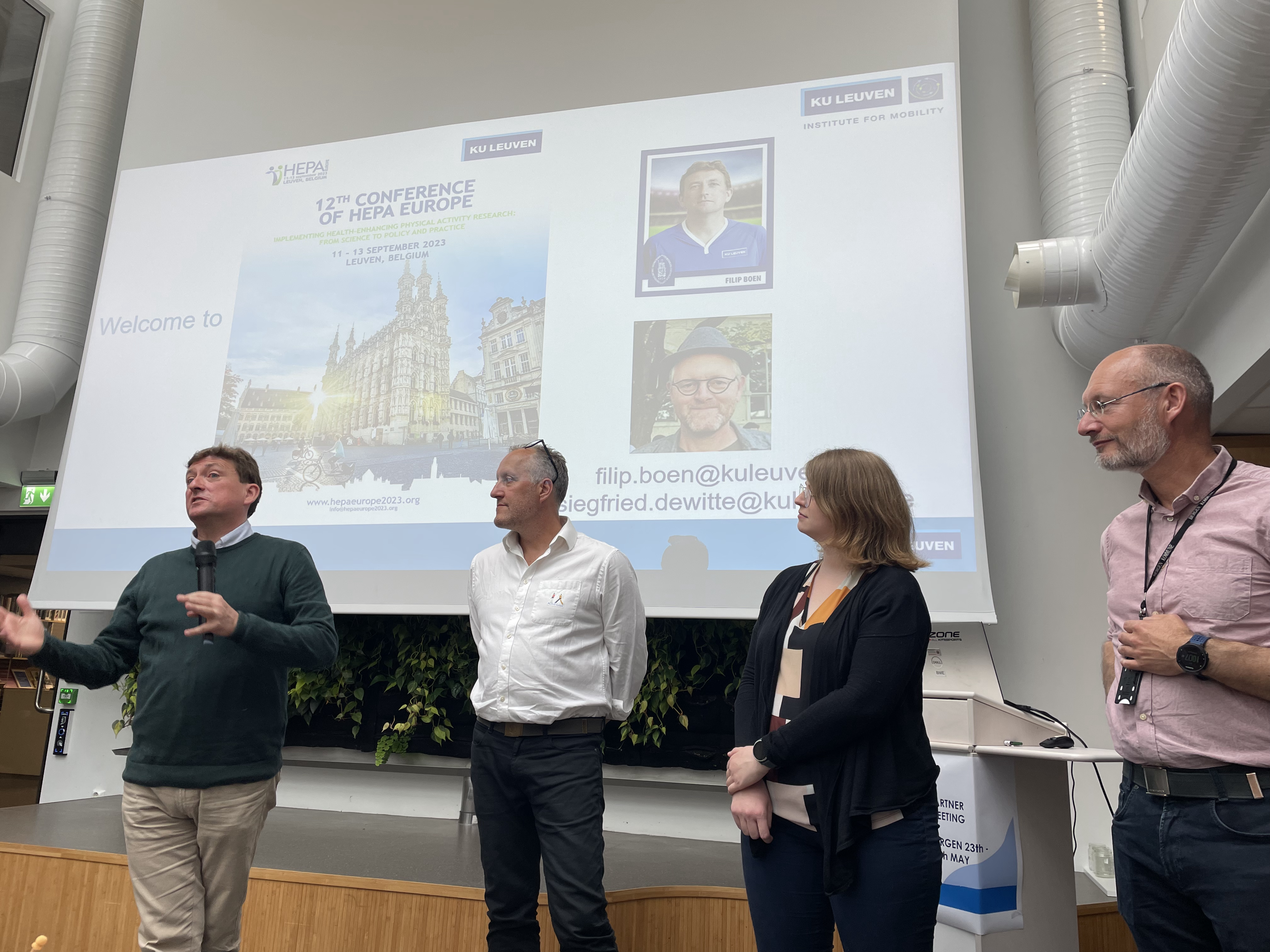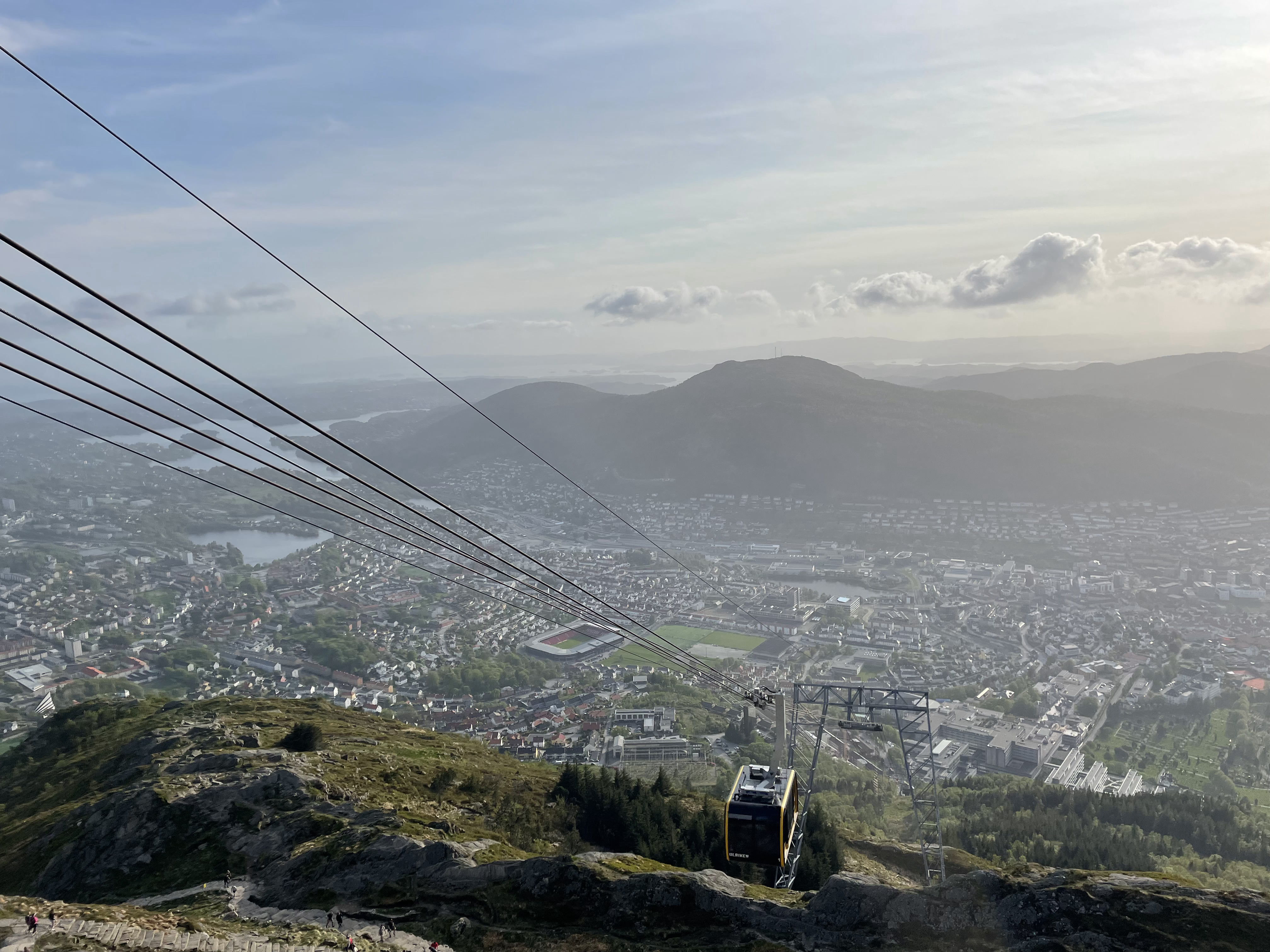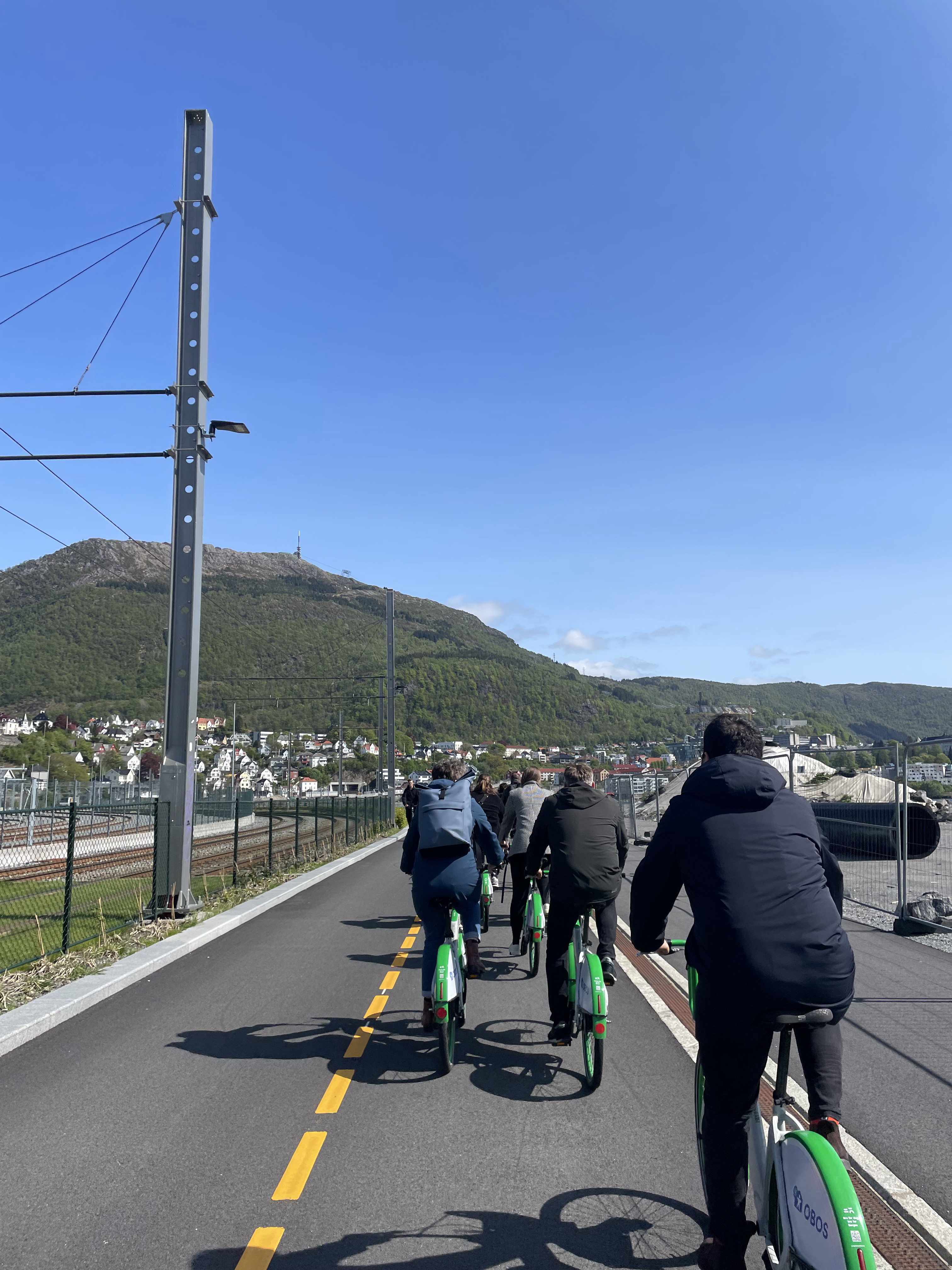Active Cities, a project promoting active mobility initiatives across the North Sea Region, recently conducted an engaging partner meeting in Bergen, aiming to empower partners to navigate the complexities of transforming pilot projects into sustainable, large-scale active mobility solutions. Detailed project plans, day-to-day management strategies, and the role of continuously updated pilot factsheets as living documents were thoroughly discussed.
The meeting culminated in an insightful 'World Café' session where the city pilot cases were explored. From Aarhus challenging the role of street parking to Hamburg striving for an integrated approach combining physical and softer measures for school mobility, the discussion was illuminating. This exercise deepened the partners' understanding of the eight city pilots, identifying areas of synergy, sources of inspiration, and avenues for improvement. The objective was to boost the effectiveness of these initiatives, with an emphasis on promoting cycling and walking.
Helge Hillnhutter, Associate Professor at the Norwegian University of Science and Technology (NTNU), shed light on the importance of walking as a mode of transport. Citing his research, he explained how walking is a sensory experience, with visual inputs making up 80% of the information received. He emphasized that the urban environment's design significantly influences walking behavior and underscored that pedestrian-friendly spaces encourage longer walks and potentially triple public transport use.


The first day of the meeting concluded with a bike ride through the newly opened Fyllingsdalen Tunnel. This state-of-the-art three-kilometer tunnel serves as a unique pathway for active mobility, offering a quick transit for cyclists and a leisurely stroll for pedestrians. Art installations, vibrant lighting, and a distinctive sundial installation, along with wide lanes designated for cyclists, walkers, and runners, further enhance the travel experience within the tunnel.
Day two commenced with a breakfast meeting involving over 100 local stakeholders interested in urban mobility. The session featured presentations on the creation of active cities, the role of Bergen in this transformation, and an analysis of user behavior within the Fyllingsdalen Tunnel. Other highlights included discussions on transitioning from Norway's national walking policy to a walkable Bergen and insights on mobility behavior from a psychological perspective.


The partner meeting concluded on a positive note, acknowledging the need for a comprehensive evaluation framework and potential small-scale interventions. Discussions revolved around defining success metrics, targeting specific demographic groups, and the broader understanding of active mobility. Central to these deliberations was the exploration of urban planning frameworks and tools, which will play a crucial role in promoting active mobility. The insights and strategies gleaned from these discussions promise to guide future interventions in propelling the vision of Active Cities forward.
